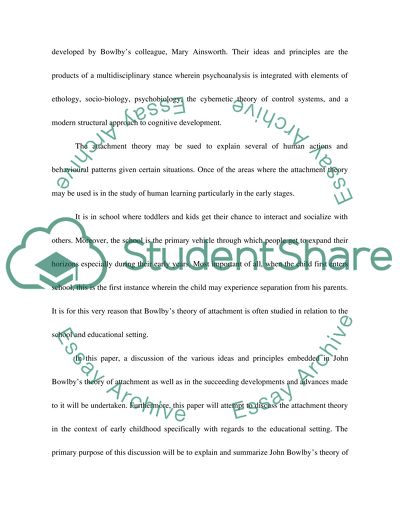Cite this document
(“John Bowlbys Theory of Attachment Essay Example | Topics and Well Written Essays - 2000 words”, n.d.)
John Bowlbys Theory of Attachment Essay Example | Topics and Well Written Essays - 2000 words. Retrieved from https://studentshare.org/psychology/1532137-early-childhood-essay
John Bowlbys Theory of Attachment Essay Example | Topics and Well Written Essays - 2000 words. Retrieved from https://studentshare.org/psychology/1532137-early-childhood-essay
(John Bowlbys Theory of Attachment Essay Example | Topics and Well Written Essays - 2000 Words)
John Bowlbys Theory of Attachment Essay Example | Topics and Well Written Essays - 2000 Words. https://studentshare.org/psychology/1532137-early-childhood-essay.
John Bowlbys Theory of Attachment Essay Example | Topics and Well Written Essays - 2000 Words. https://studentshare.org/psychology/1532137-early-childhood-essay.
“John Bowlbys Theory of Attachment Essay Example | Topics and Well Written Essays - 2000 Words”, n.d. https://studentshare.org/psychology/1532137-early-childhood-essay.


